Home>Home Appliances>Lighting Appliances>Why Are My LED Strips Flashing
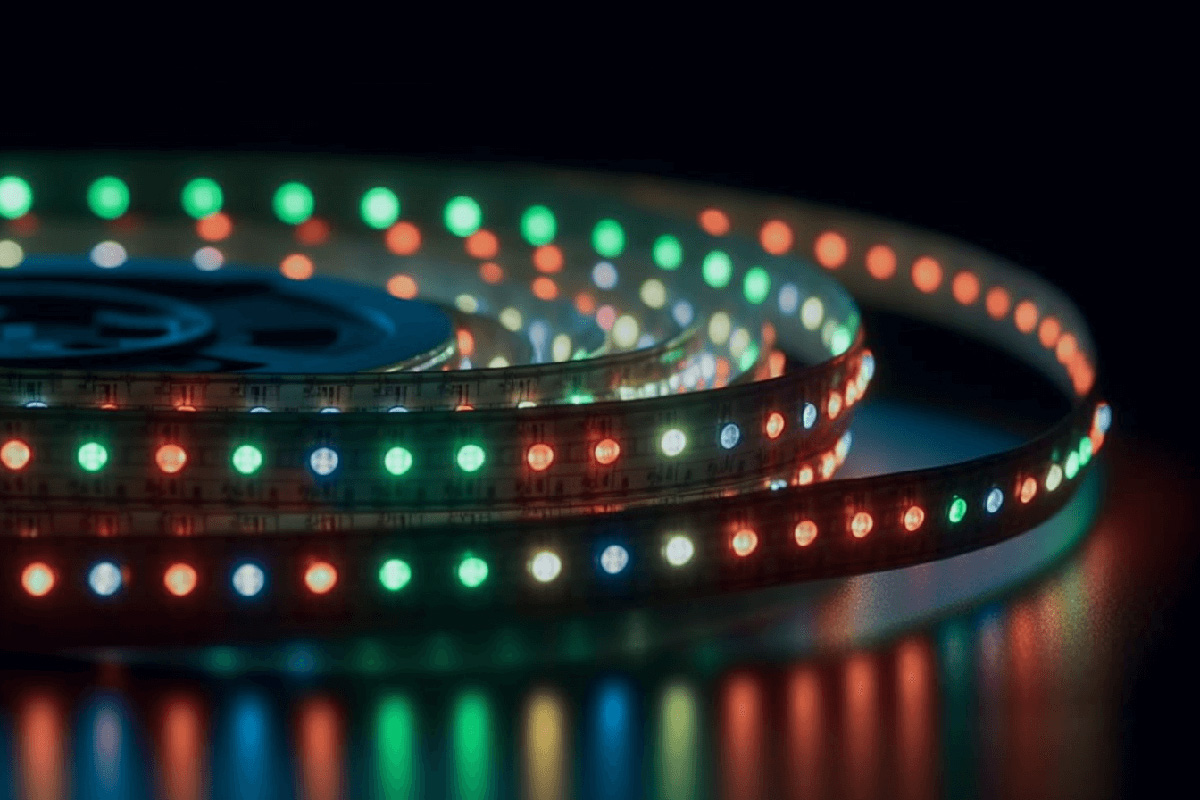

Lighting Appliances
Why Are My LED Strips Flashing
Modified: December 21, 2023
Discover why your LED strips are flashing and learn how to troubleshoot lighting appliances effectively. Get expert tips and solutions for a flickering LED strip issue.
(Many of the links in this article redirect to a specific reviewed product. Your purchase of these products through affiliate links helps to generate commission for Storables.com, at no extra cost. Learn more)
Introduction
Welcome to the world of LED lighting! LED strips are a fantastic addition to any space, offering versatile and energy-efficient lighting solutions. However, encountering issues such as flashing LED strips can be frustrating. In this comprehensive guide, we will delve into the reasons behind this phenomenon and explore troubleshooting methods to help you resolve the issue.
Whether you’re a seasoned DIY enthusiast or just starting to explore the possibilities of LED lighting, understanding the causes of LED strips flashing is crucial to maintaining a well-lit and visually appealing environment. Let’s embark on this illuminating journey together as we shed light on the intricacies of LED strips and unravel the mysteries behind their occasional flickering.
Key Takeaways:
- Troubleshooting LED strips flashing involves checking power supply, inspecting connections, and managing environmental factors to restore consistent illumination.
- Understanding LED strips and their common causes of flashing, such as power supply irregularities and compatibility issues, is essential for maintaining reliable LED lighting.
Read more: Why Are My LED Strips Two Different Colors
Understanding LED Strips
Before delving into the potential reasons for LED strips flashing, it’s important to grasp the fundamental workings of these innovative lighting fixtures. LED strips, also known as LED tape or ribbon lights, consist of small, light-emitting diodes (LEDs) mounted on a flexible circuit board. They are renowned for their energy efficiency, durability, and versatility, making them a popular choice for accent lighting, task lighting, and decorative applications.
LED strips are available in a variety of colors, brightness levels, and lengths, allowing for customization to suit specific lighting requirements. The flexibility of LED strips enables them to be easily installed in various locations, including under cabinets, along ceilings, or around architectural features, providing ambient illumination and aesthetic enhancement.
These strips are powered by direct current (DC) and typically require a driver or power supply to regulate the voltage and current supplied to the LEDs. Furthermore, LED strips may be equipped with additional components such as resistors, capacitors, and integrated circuits to ensure optimal performance and longevity.
Understanding the construction and electrical characteristics of LED strips is essential for troubleshooting potential issues such as flashing. By familiarizing yourself with the components and operational principles of LED strips, you’ll be better equipped to identify and address any irregularities in their performance.
Common Causes of LED Strips Flashing
LED strips flashing can stem from various factors, ranging from electrical issues to environmental influences. Identifying the root cause is crucial in rectifying the problem and restoring the consistent illumination that LED strips are renowned for. Here are some common culprits behind LED strips flashing:
- Power Supply Irregularities: Inadequate or fluctuating power supply can lead to LED strips flashing. Insufficient voltage or current can cause the LEDs to flicker, while voltage spikes or fluctuations may also disrupt their steady operation.
- Loose Connections: Poor electrical connections, whether at the power supply, connectors, or along the length of the LED strip, can result in intermittent flashing. It’s essential to ensure secure and proper connections to maintain uninterrupted current flow.
- Overloading the Power Supply: Exceeding the maximum load capacity of the power supply can lead to erratic LED behavior, including flashing. It’s important to calculate the power requirements and avoid overloading the power source.
- Environmental Factors: Ambient temperature and humidity can impact the performance of LED strips. Extreme temperatures, moisture, or exposure to direct sunlight can contribute to flashing or flickering. Additionally, electromagnetic interference from nearby electronic devices may disrupt the operation of LED strips.
- Compatibility Issues: Mismatched components, such as incompatible dimmer switches or controllers, can lead to erratic LED behavior, including flashing. Ensuring that all components are compatible and designed for use with LED strips is essential for seamless operation.
- Quality of LED Strips: Substandard or damaged LED strips may exhibit irregular behavior, including flashing. Inspecting the quality and condition of the LED strips, including the integrity of the LEDs and the circuitry, is crucial in diagnosing potential issues.
By understanding these common causes of LED strips flashing, you can systematically troubleshoot and address the underlying issues to restore the consistent and reliable performance of your LED lighting installation.
Check the power supply and make sure it’s the right voltage for your LED strips. Loose connections or a faulty controller can also cause flashing.
Troubleshooting LED Strips Flashing
Resolving the issue of LED strips flashing involves a systematic approach to identify and address the underlying causes. By following these troubleshooting steps, you can effectively diagnose and rectify the flashing behavior, restoring the uninterrupted illumination provided by LED strips.
- Check the Power Supply: Begin by ensuring that the power supply is delivering the correct voltage and current required by the LED strips. Use a multimeter to measure the output of the power supply and verify that it falls within the specified range for the LED strips.
- Inspect Electrical Connections: Examine all electrical connections, including those at the power supply, connectors, and along the length of the LED strips. Ensure that the connections are secure and free from corrosion or damage, as poor connections can lead to flashing behavior.
- Address Overloading: If the LED strips are connected to a dimmer switch or controller, verify that the total load does not exceed the maximum capacity of the device. Reduce the load if necessary to prevent overloading, which can cause flashing or flickering.
- Manage Environmental Influences: Consider the environmental conditions to which the LED strips are exposed. If excessive heat, moisture, or electromagnetic interference is suspected, relocate the LED strips or implement protective measures to mitigate these factors.
- Verify Component Compatibility: Ensure that all components, including dimmer switches, controllers, and additional accessories, are compatible with the LED strips. Mismatched components can lead to erratic behavior and flashing.
- Inspect LED Strip Quality: Thoroughly examine the LED strips for any signs of damage or defects. Verify the integrity of the LEDs, circuitry, and protective coating to identify any issues that may contribute to flashing.
- Seek Professional Assistance: If troubleshooting efforts do not resolve the flashing issue, consider seeking assistance from a qualified electrician or lighting specialist. Professional expertise can help diagnose and address more complex issues affecting the LED strips.
By methodically addressing these troubleshooting steps, you can effectively identify and resolve the factors contributing to LED strips flashing, restoring consistent and reliable performance to your LED lighting installation.
Conclusion
As we conclude this exploration into the perplexing phenomenon of LED strips flashing, it’s evident that a myriad of factors can contribute to this irregular behavior. From electrical considerations to environmental influences, understanding the potential causes is essential for effectively troubleshooting and resolving the issue.
LED strips have revolutionized the realm of lighting, offering energy-efficient, customizable, and visually captivating illumination for a diverse range of applications. However, encountering flashing or flickering can detract from the intended ambiance and functionality of these innovative lighting fixtures.
By delving into the intricacies of LED strips and familiarizing ourselves with their operational principles, we gain valuable insights into the troubleshooting process. From inspecting power supplies and electrical connections to addressing environmental influences and component compatibility, the systematic approach to troubleshooting ensures that the root causes of LED strips flashing are identified and rectified.
It’s important to approach troubleshooting with patience and meticulous attention to detail, as rectifying flashing LED strips often requires a methodical assessment of various factors. Additionally, seeking professional assistance when necessary can provide invaluable expertise in diagnosing and resolving more complex issues.
Ultimately, the journey from perplexity to resolution empowers us to maintain the consistent and reliable performance of LED strips, allowing their captivating illumination to shine forth without interruption. Armed with a deeper understanding of LED strips and equipped with effective troubleshooting techniques, we can confidently navigate the occasional challenges that arise, ensuring that the allure of LED lighting remains undimmed.
As you embark on your own LED lighting endeavors, may this guide serve as a beacon of knowledge, guiding you through the intricacies of LED strips and empowering you to conquer the enigma of flashing LEDs with confidence and expertise.
Frequently Asked Questions about Why Are My LED Strips Flashing
Was this page helpful?
At Storables.com, we guarantee accurate and reliable information. Our content, validated by Expert Board Contributors, is crafted following stringent Editorial Policies. We're committed to providing you with well-researched, expert-backed insights for all your informational needs.
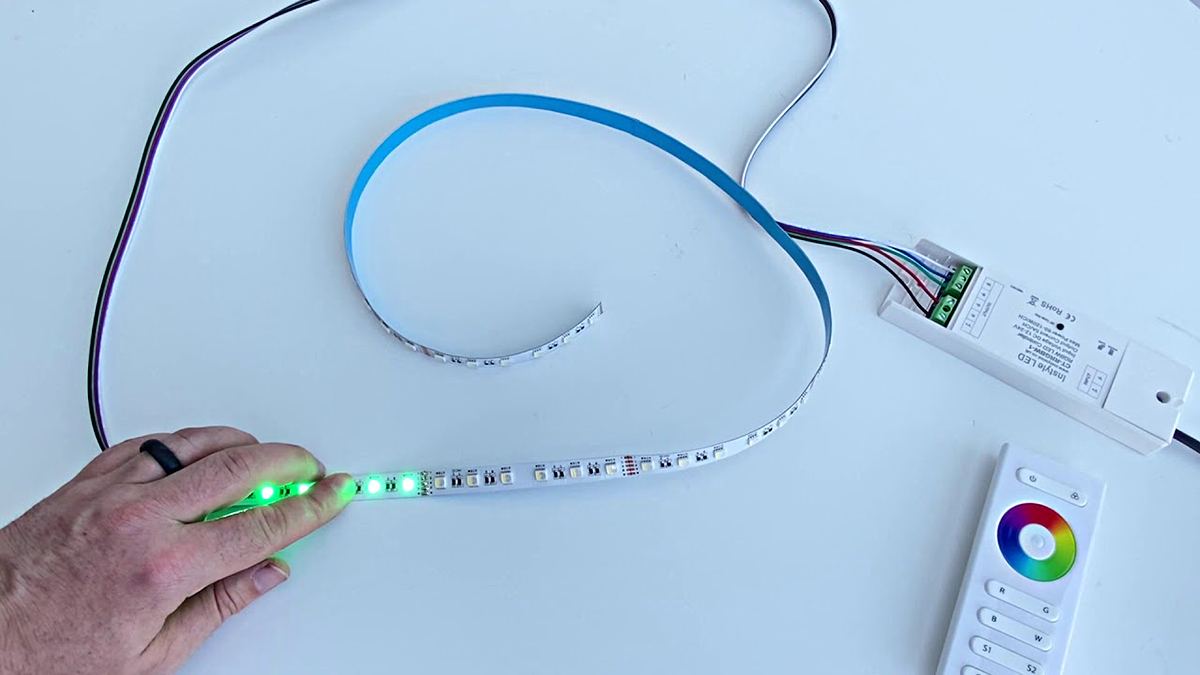
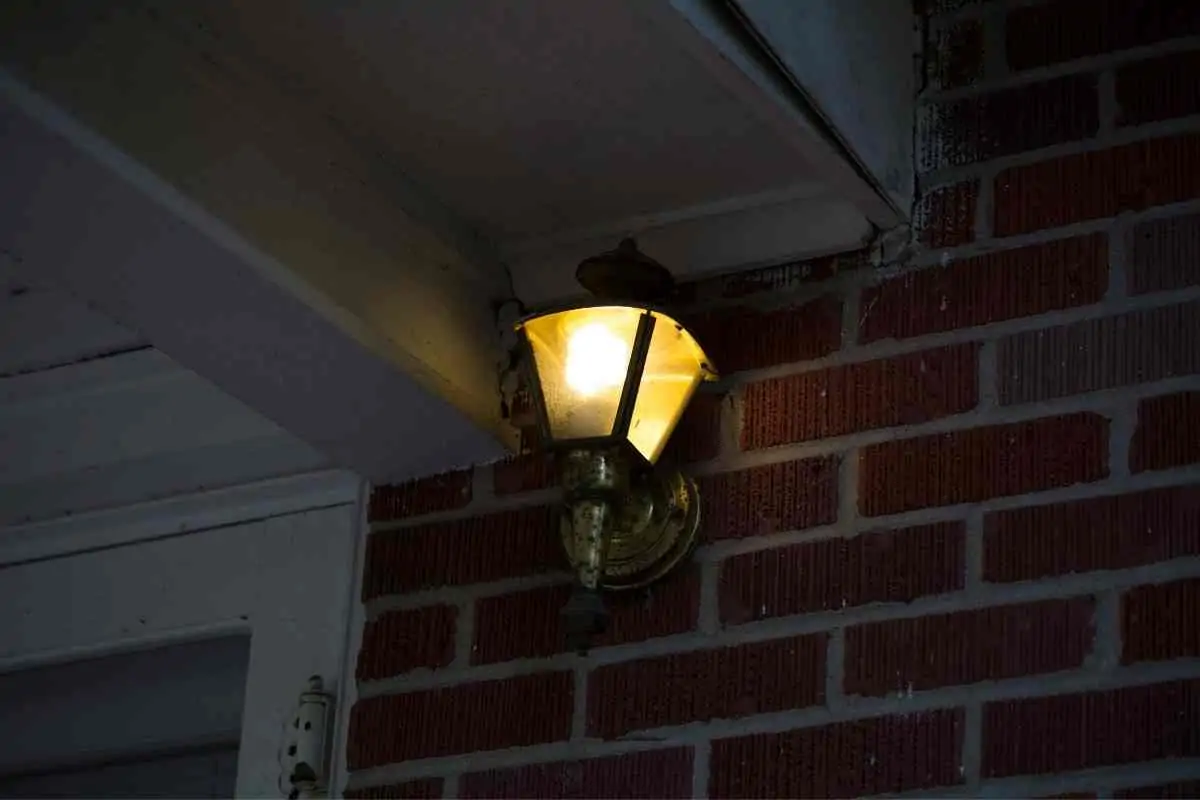

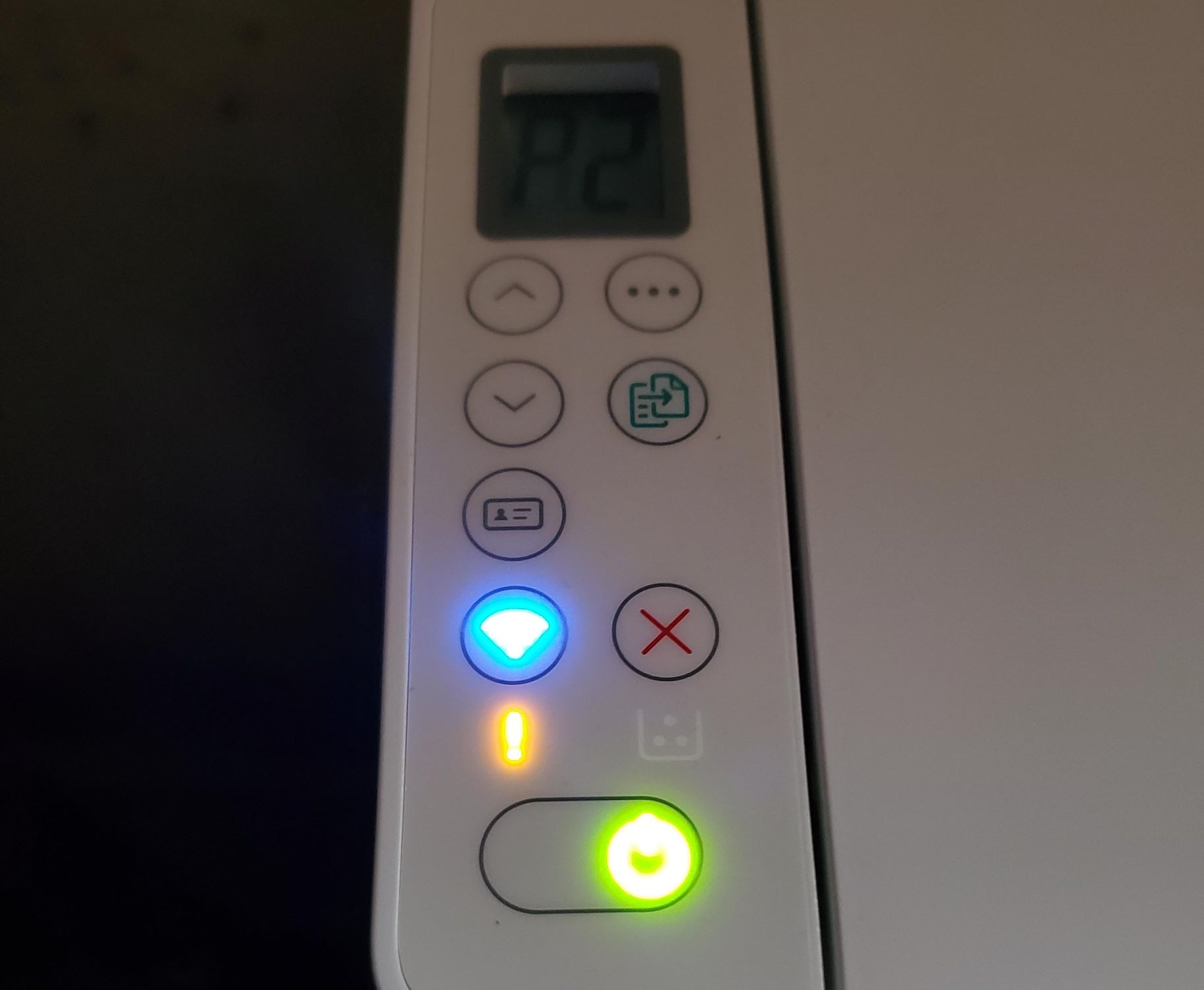
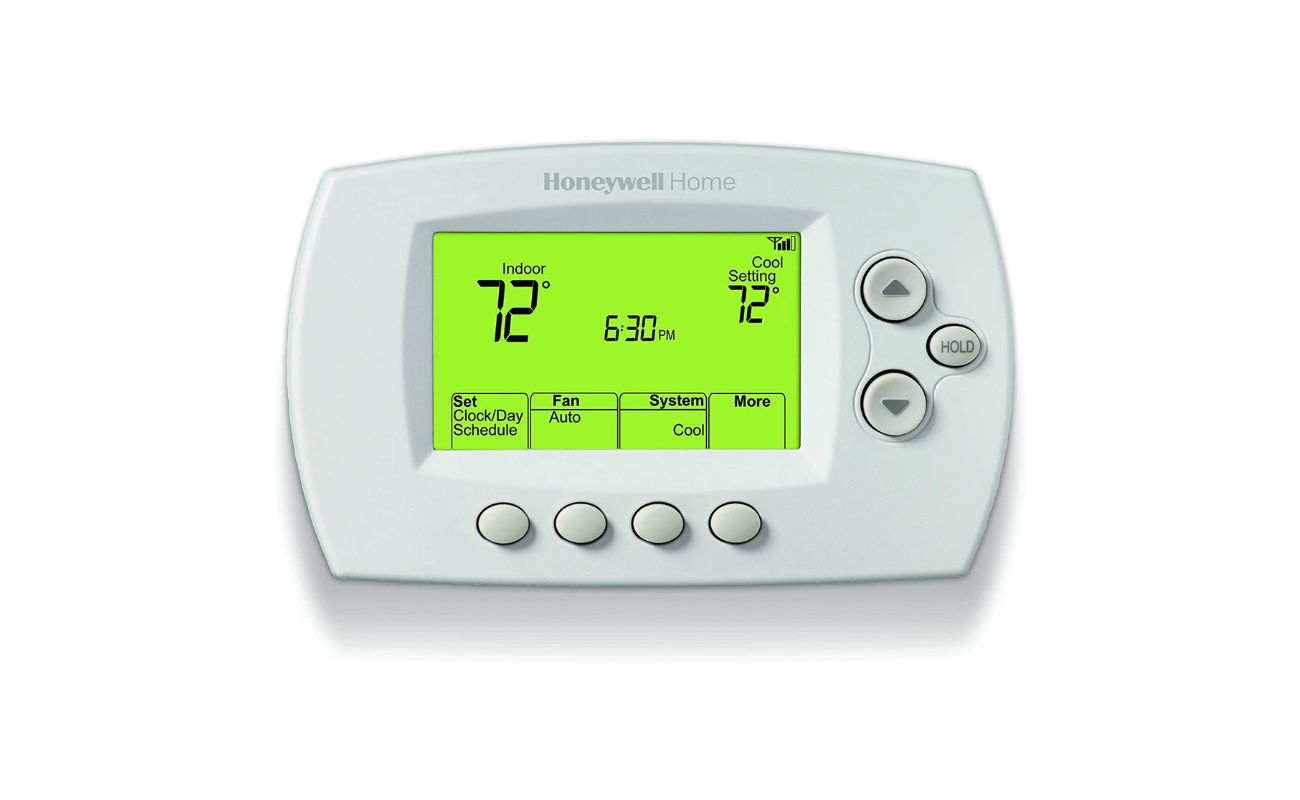
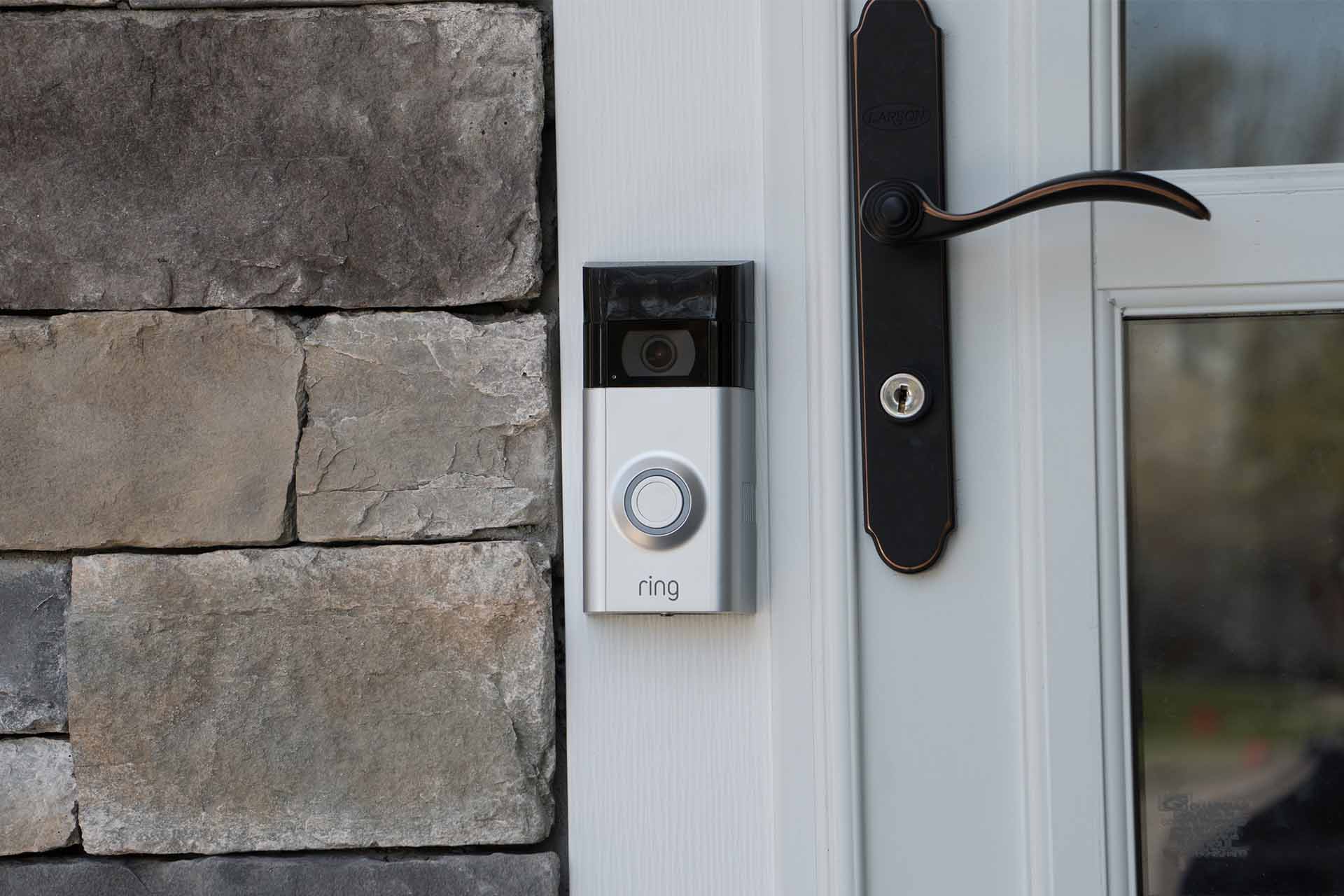
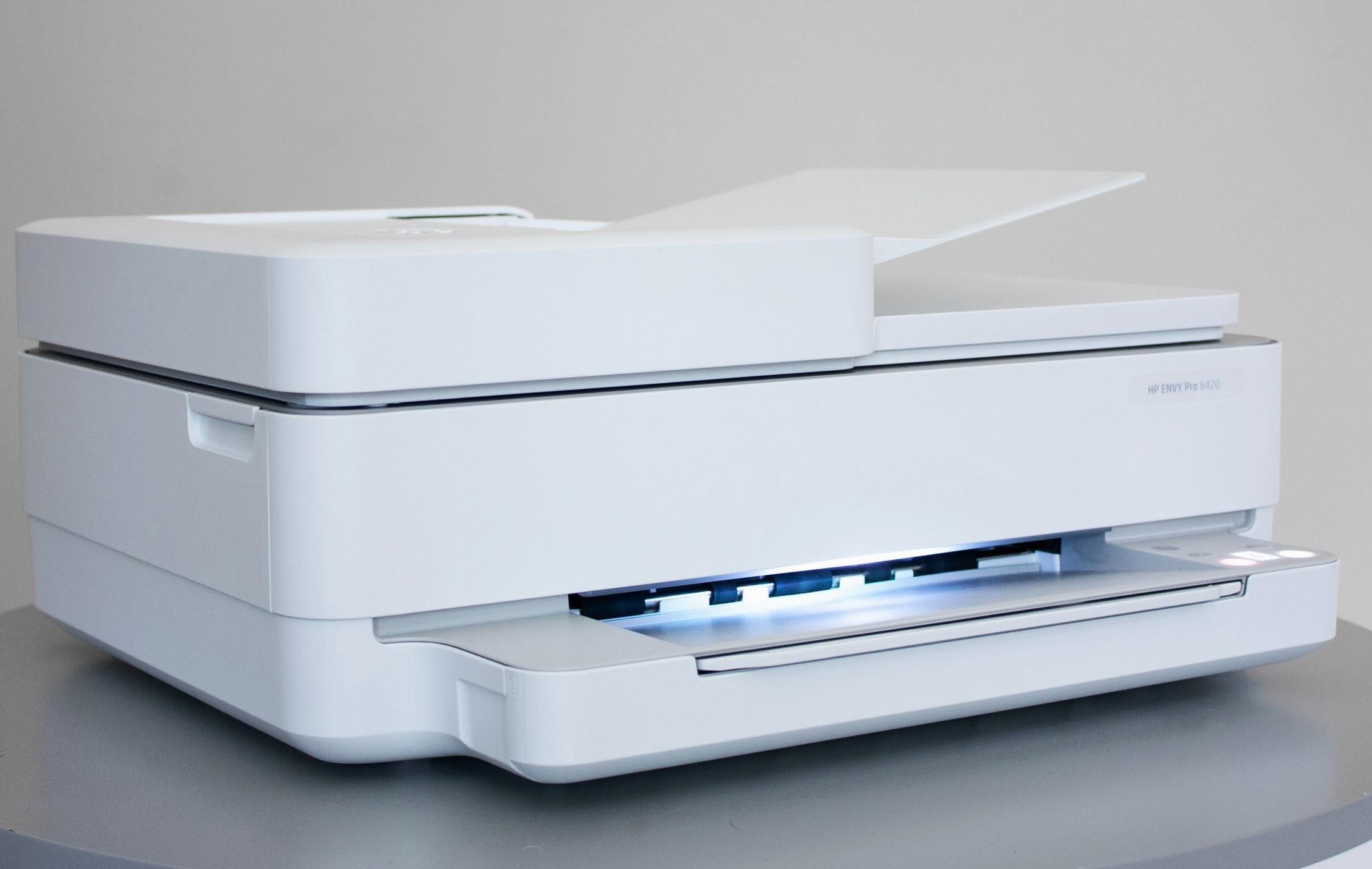
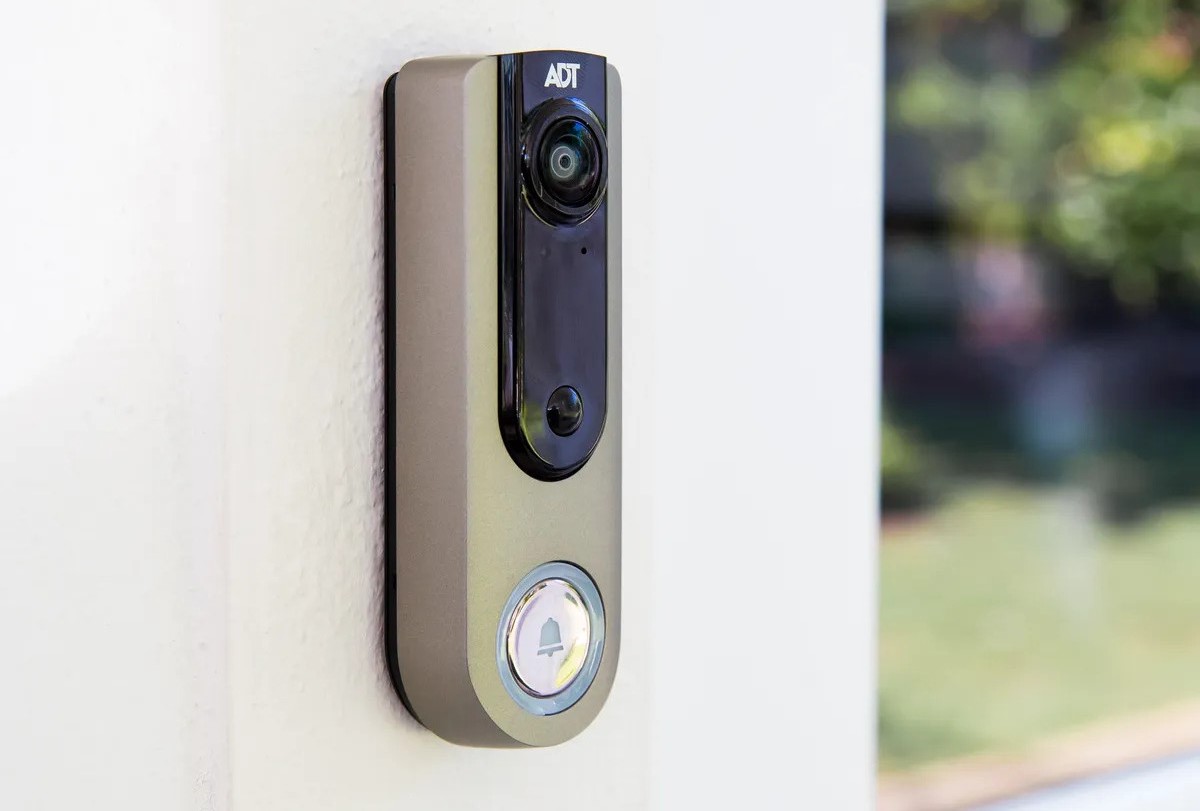

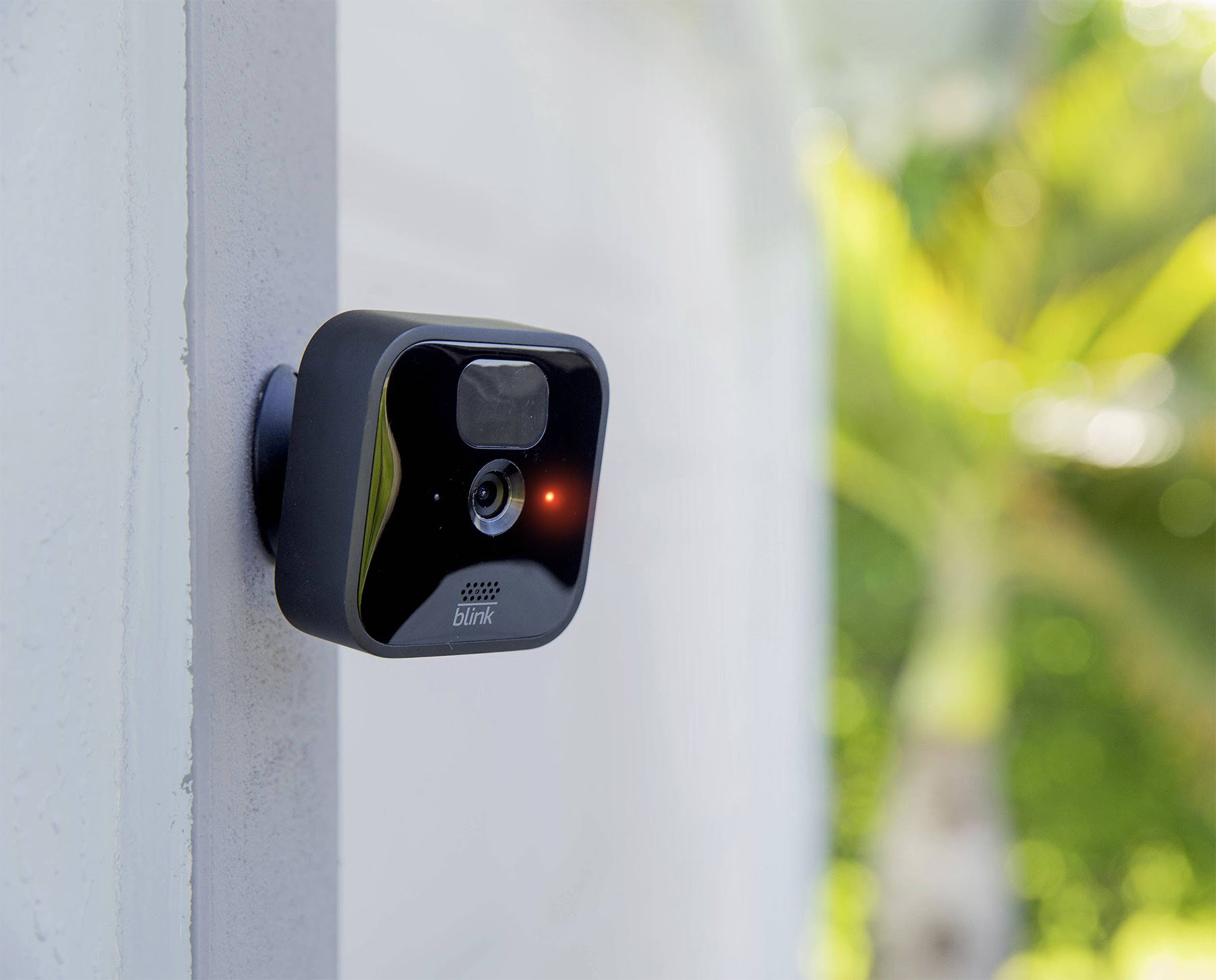
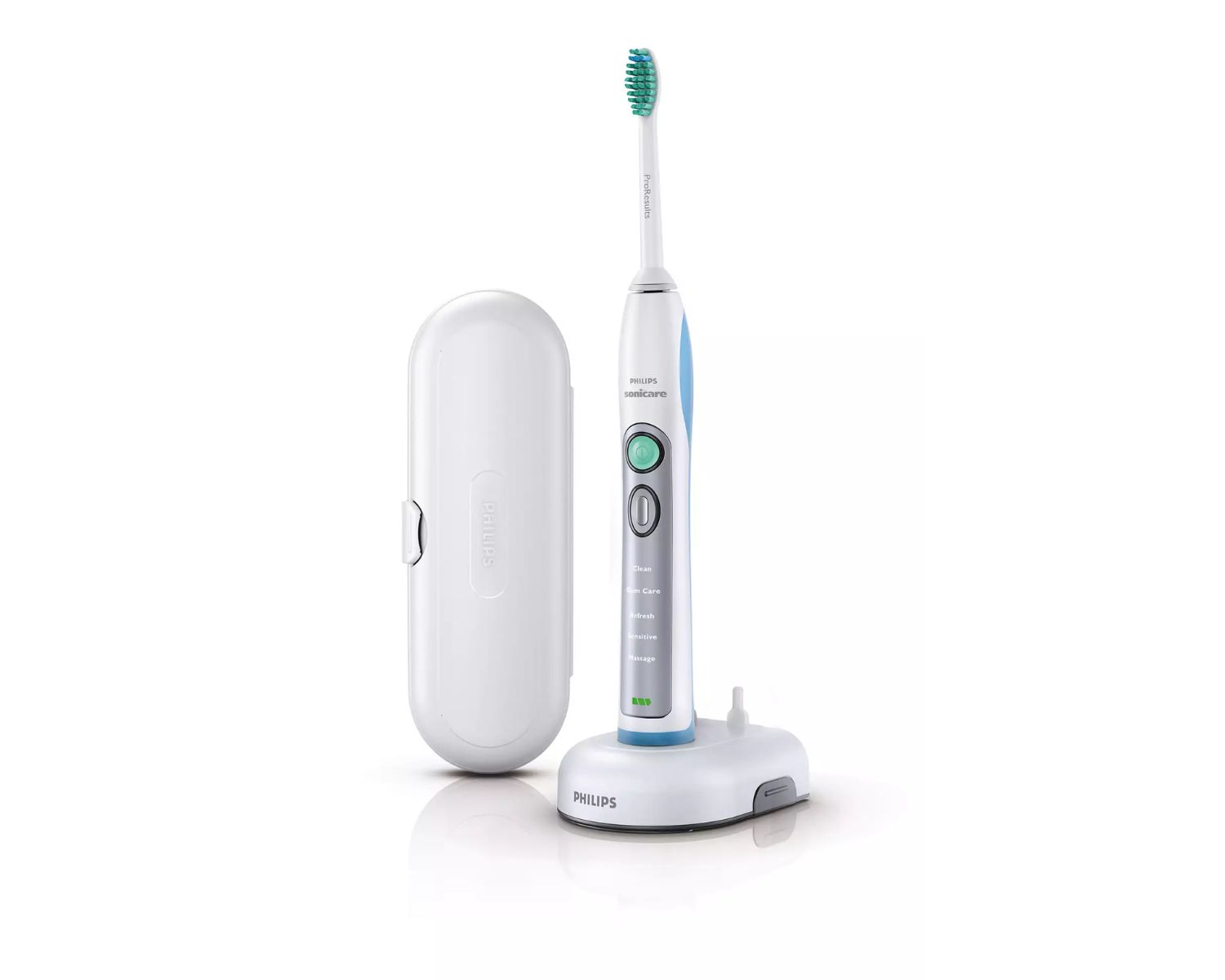
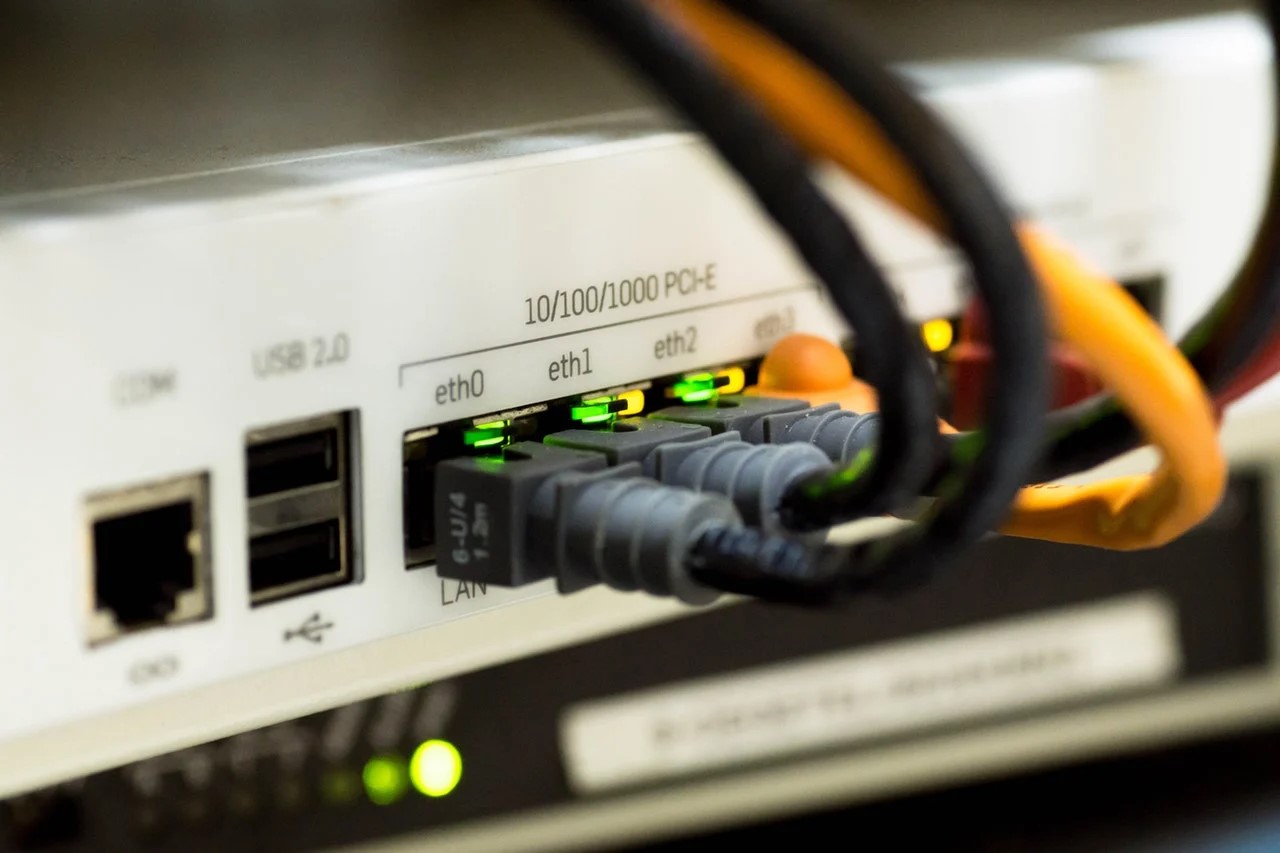

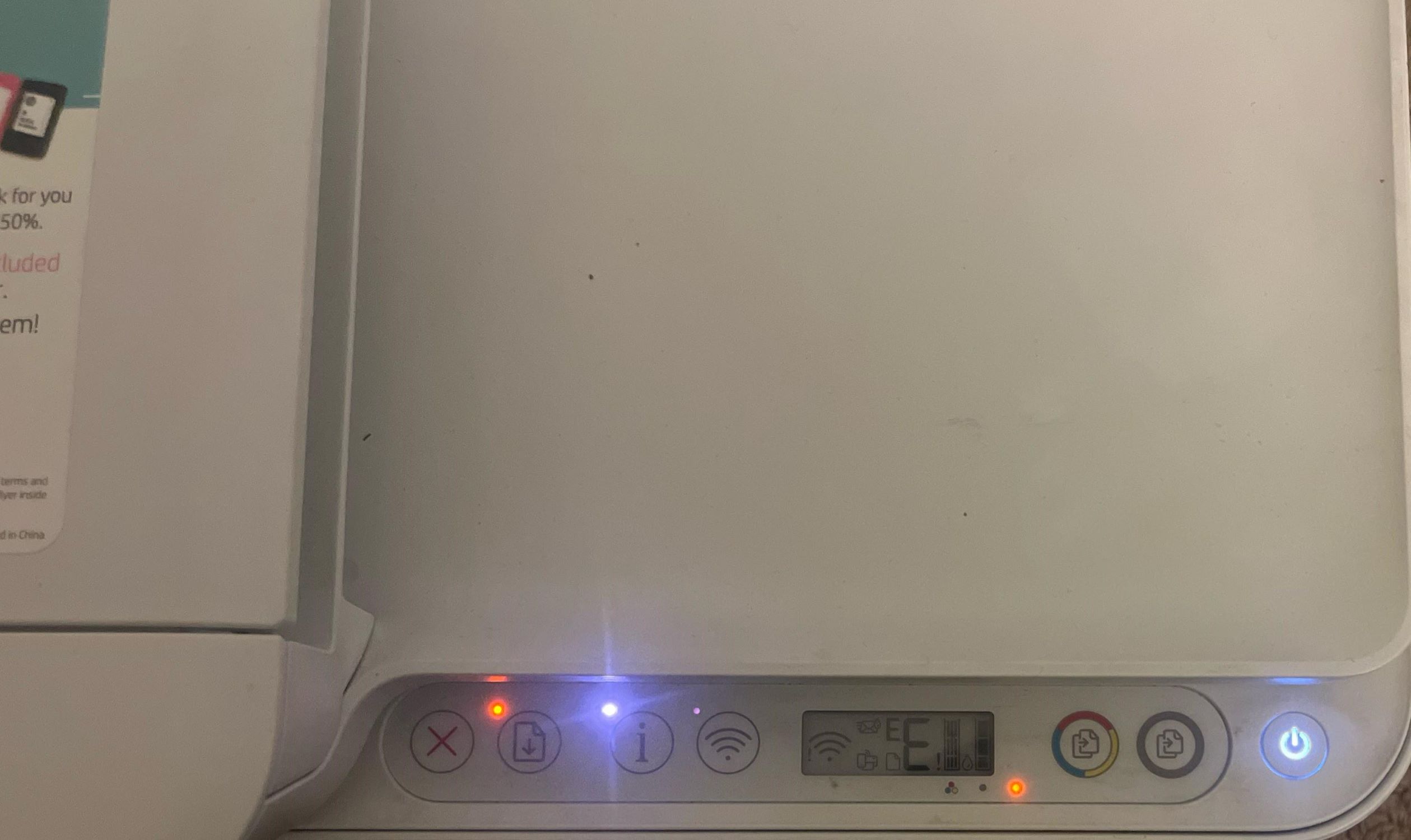
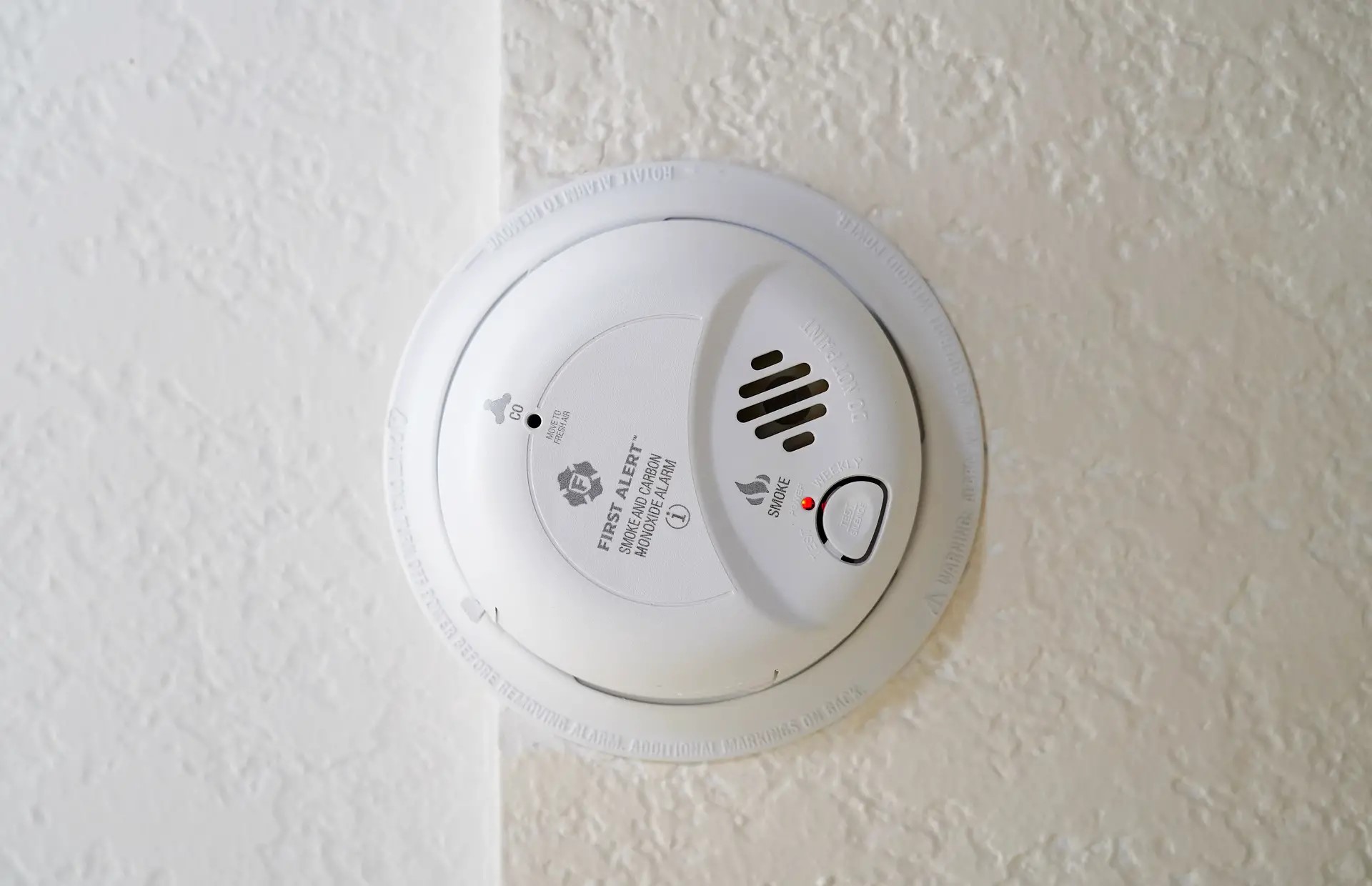

0 thoughts on “Why Are My LED Strips Flashing”